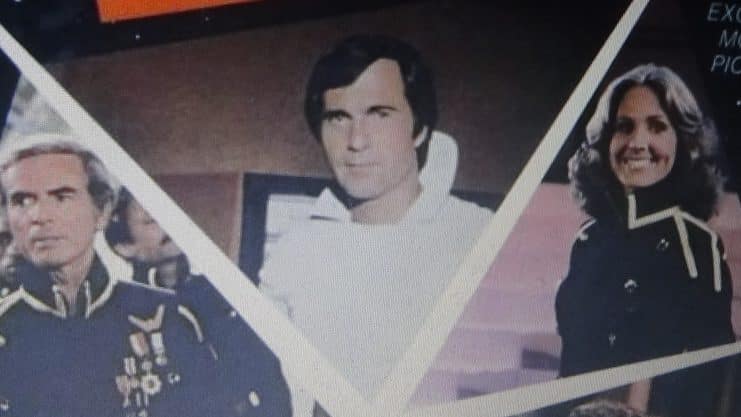
Discover the comic on Buck Rogers falsely attributed to Wonder.
Buck Rogers he is a fictional character who saw the light of day for the first time in history Armageddon 2419 AD (1929), by Filippo Francesco Nowlaninitially published in the magazine Incredible stories (1926 – 2005), even if, in said adventure, the protagonist responded with the name of Anthony Rogers. However, even if the character has moved through different media, the one in which he has done the most was the world of comics, which he entered after browsing the press lists. But why do we say that one of his cartoon adventures is a fake comic? Wonder? You can find the answer to this question if you continue reading this article.
The comic in question is none other than Buck Rogers Giant Film Edition nº 1 (1979), with a screenplay by Paul S. Newman and drawings by Franco Palla, José Delbo Yes Al McWilliams (distributing the three chapters of which the comic is composed among the trio of artists), which was nothing more than an adaptation of the film of the same year, whose title was Buck Rogers in the 25th century.

And, in fact, 1979 was the year the aforementioned film adaptation of the character was released. It was a production of Glen A. Larson TO Universal imageswhose leadership has fallen Daniele Haller. The project was intended to function as a way to celebrate the fiftieth anniversary of the debut of the protagonist of this article in American newspapers, with Gil Gerardo Yes Lena Gray AS Buck Rogers Yes Wilma Deeringrespectively. The film served as the pilot episode of a series of the same name (which aired between 1979 and 1981). Below you can see the complete cover of the comic that adapted this adventure, as mentioned in the upper right part of the cover.


However, on this occasion, what interests us is to focus our attention on the top left corner of the comic, where we can see a logo with the writing Marvel Comics Group and the head of Spider-Man at the center, so it is not entirely unreasonable to assume that it is a product of The House of Ideasas some Internet sources believe. However, below we will clarify why this reasoning is incorrect.
The company Western publishingwho, through his seal Whitmanhe had been truly responsible for the development of the comic Buck Rogersmaintained a close relationship with the publisher Wonderwhich is not surprising if we consider that he had already been commissioned to create puzzles of such emblematic characters of The House of Ideas as they are Spider-Man, Hulk or The Fantastic Fouras well as launching other products such as superhero coloring books for children and “surprise packs” of three comics that contained variant editions of different collections of Wonder.
In the specific case of comics Buck Rogersthe fact that the aforementioned logo appeared on the cover responded to an agreement carried out by both companies, since it was believed that the comic book adaptation of the film in this format would be an attractive product for newsstands, a market which Western publishing He had abandoned it some time ago, not considering it profitable. Curtis Circulations it was the distributor who had the task of formalizing this contract, which is why his initials are visible on the cover under the logo of Marvel Comics Group.
However, a comic book version of the film adaptation was also released. Buck Rogers in the 25th century. In this case, however, it was decided to publish the chapters that made up the original story in a three-issue miniseries with the logo of Whitman on the cover, as the deal ended with Wonder It only affected the edition mentioned in the previous paragraphs.
It is worth mentioning that, taking advantage of the fact that television space Buck Rogers He was trying to establish himself on the small screen, his newspaper strips were re-marketed, all with the intention that the character would continue to be profitable. However, when the series collapsed, with only two seasons, a domino effect occurred that took both comics and newspaper strips with it.
It wasn’t for lack of trying Buck Rogers failed to take off, as, over the years, both the toy company TSR like publishers Dymanite Yes Hermes Pressthey made short-lived attempts to revitalize it. Neither Frank Miller managed to bring to light a film about the character, a project he was about to undertake in 2008. So we don’t know if Buck Rogers it will be able to shine again, now or in the next century XXVeven if it won’t be because it hasn’t been proven.